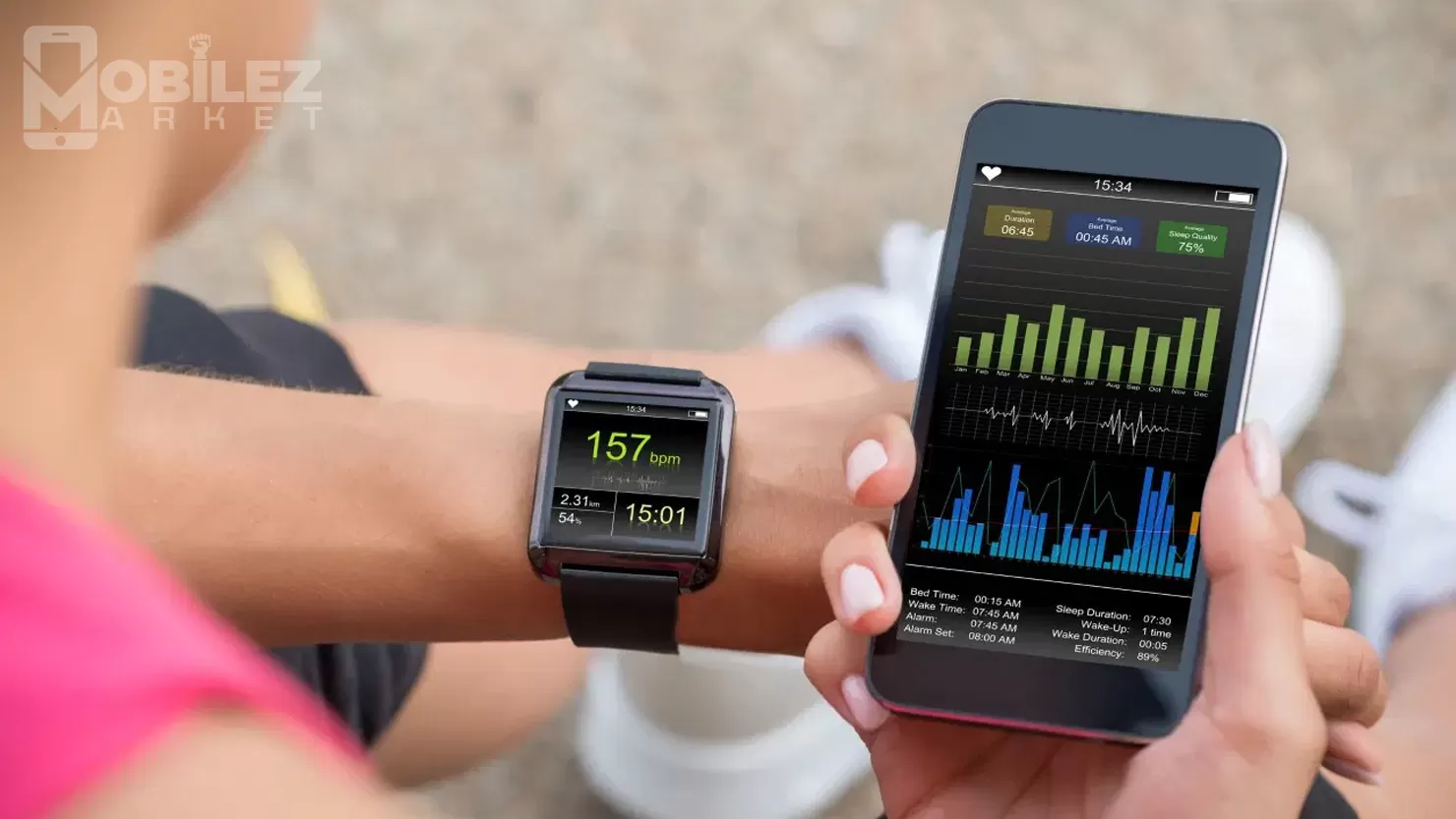The Impact of Wearable Technology on Mobile Devices
Introduction:
Wearable technology has become increasingly prevalent in today's digital landscape, influencing the functionality and capabilities of mobile devices. From smartwatches and fitness trackers to augmented reality glasses, wearable devices offer new ways for users to interact with their mobile devices and access information on the go. In this blog post, we'll explore the profound impact of wearable technology on mobile devices, examining how these devices enhance user experiences, streamline everyday tasks, and redefine the relationship between users and their devices.
Enhancing Accessibility and Convenience:
- Seamless Integration:
- Wearable devices seamlessly integrate with mobile phones, allowing users to receive notifications, make calls, send messages, and access apps directly from their wrists or other wearable accessories.
- Hands-Free Operation:
- Wearable technology enables hands-free operation of mobile devices, offering convenience and accessibility for users who need to stay connected while on the move or engaged in other activities.
Health and Fitness Monitoring:
- Fitness Tracking:
- Wearable fitness trackers monitor users' physical activity, including steps taken, distance traveled, calories burned, and even sleep patterns, providing valuable insights into users' health and fitness goals.
- Health Monitoring:
- Some wearable devices incorporate health monitoring features, such as heart rate monitoring, blood pressure tracking, and even ECG capabilities, empowering users to track and manage their health in real time.
Augmented Reality and Immersive Experiences:
- AR Integration:
- Wearable devices, such as augmented reality (AR) glasses or smart goggles, enable immersive augmented reality experiences, overlaying digital information and graphics onto the user's real-world environment.
- Gaming and Entertainment:
- AR technology in wearables enhances gaming experiences by superimposing virtual elements onto the user's surroundings, creating interactive and engaging gameplay scenarios.
Productivity and Efficiency:
- Task Management:
- Wearable devices offer productivity features, such as reminders, calendars, and to-do lists, helping users stay organized and manage their tasks more efficiently throughout the day.
- Voice Commands:
- Voice-activated assistants integrated into wearable devices enable users to perform tasks, such as setting alarms, sending messages, or searching the web, using voice commands, minimizing the need for manual input.
Navigation and Location-Based Services:
- GPS Integration:
- Wearable devices with GPS capabilities provide users with turn-by-turn navigation, directions, and location-based services, helping them navigate unfamiliar areas or find nearby points of interest.
- Contextual Information:
- Wearable technology leverages location-based services to deliver contextual information based on the user's current location, such as nearby restaurants, attractions, or events.
Personalization and Customization:
- Customizable Interfaces:
- Wearable devices allow users to customize their interfaces, choosing watch faces, widgets, and apps that suit their preferences and lifestyle, enhancing personalization and user satisfaction.
- Adaptive Features:
- Some wearable devices feature adaptive capabilities that learn from user behavior and preferences over time, adjusting settings, notifications, and recommendations to better align with the user's needs and habits.
Challenges and Considerations:
- Battery Life:
- One of the primary challenges of wearable technology is battery life, as these devices typically have limited battery capacity due to their compact size. Manufacturers are continually striving to improve battery efficiency to prolong usage between charges.
- Privacy and Security:
- Wearable devices collect sensitive data about users' health, location, and activities, raising concerns about privacy and security. It's crucial for manufacturers to implement robust security measures and privacy protections to safeguard users' personal information.
Future Trends and Innovations:
- Health Monitoring Advances:
- Future wearable devices may feature more advanced health monitoring capabilities, such as blood glucose monitoring, hydration tracking, and stress level analysis, providing comprehensive insights into users' well-being.
- Integration with Smart Home Devices:
- Wearable technology is expected to further integrate with smart home devices and IoT ecosystems, allowing users to control their connected devices, appliances, and home automation systems directly from their wearable devices.
Conclusion:
Wearable technology is reshaping the landscape of mobile devices, offering new possibilities for accessibility, health monitoring, productivity, and personalization. As wearable devices continue to evolve and integrate with mobile phones and other smart devices, they will play an increasingly integral role in users' daily lives, enhancing convenience, efficiency, and connectivity in the digital age. As manufacturers innovate and address challenges such as battery life and privacy concerns, wearable technology will continue to drive innovation and redefine the way we interact with mobile devices.


